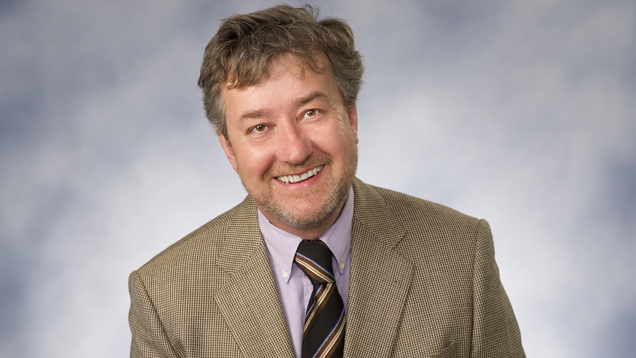Striving for Timeliness
and Synergy

We also feature articles from GIA authors on diverse topics ranging from a practical indication of heat treatment to Oregon sunstone to our lead article on the Museum of London’s fabulous Cheapside Hoard.
In August, GIA’s Robert Weldon received an invitation to view this astonishing collection, lost for almost 300 years until a chance discovery in 1912 during a demolition near London’s famous St. Paul’s Cathedral.
As it was such a rare opportunity—this cache of jewels represents both a tantalizing window into trade patterns of the 1600s and a great story in itself—we accepted the invitation and traveled to the UK to document it. This trip also gave the impetus to produce an article in time for the Fall 2013 G&G, which will coincide with the very first major exhibition of the jewels. In other words, we had an opportunity to be timely and produce what we hope will be the definitive paper on this extraordinary collection. In London, GIA was able to record video interviews with the museum’s staff and a tour of the hoard, which we will make available on our website.
In this issue, we’re also introducing a new article category to G&G: the field report, which chronicles a GIA expedition to a gem-producing or processing area and may even stand as a statement of intent for future lines of research and publication. Field reports will also serve as anchors on the GIA website for video and images acquired on these trips. Our first field report documents three sunstone feldspar occurrences in Oregon. Readers will find slideshows plus videos of mining processes and interviews with miners at www.gia.edu/gems-gemology. This rich media allows us to offer a far more comprehensive and engaging picture of a topic than we’ve been able to in the past.
This synergy with the GIA website gives us the ability to quickly post articles and news stories online rather than waiting three months for the next print issue. And we can provide supporting resources for our regular print articles that enrich the user experience. We trust we’ve been able to deliver this with the Fall issue and invite you to explore the associated online media for the Cheapside Hoard and Oregon sunstone articles.
Let me also take this opportunity to thank all the authors who have submitted manuscripts to G&G for review. We truly value your contributions.
Duncan Pay
Editor-in-Chief



